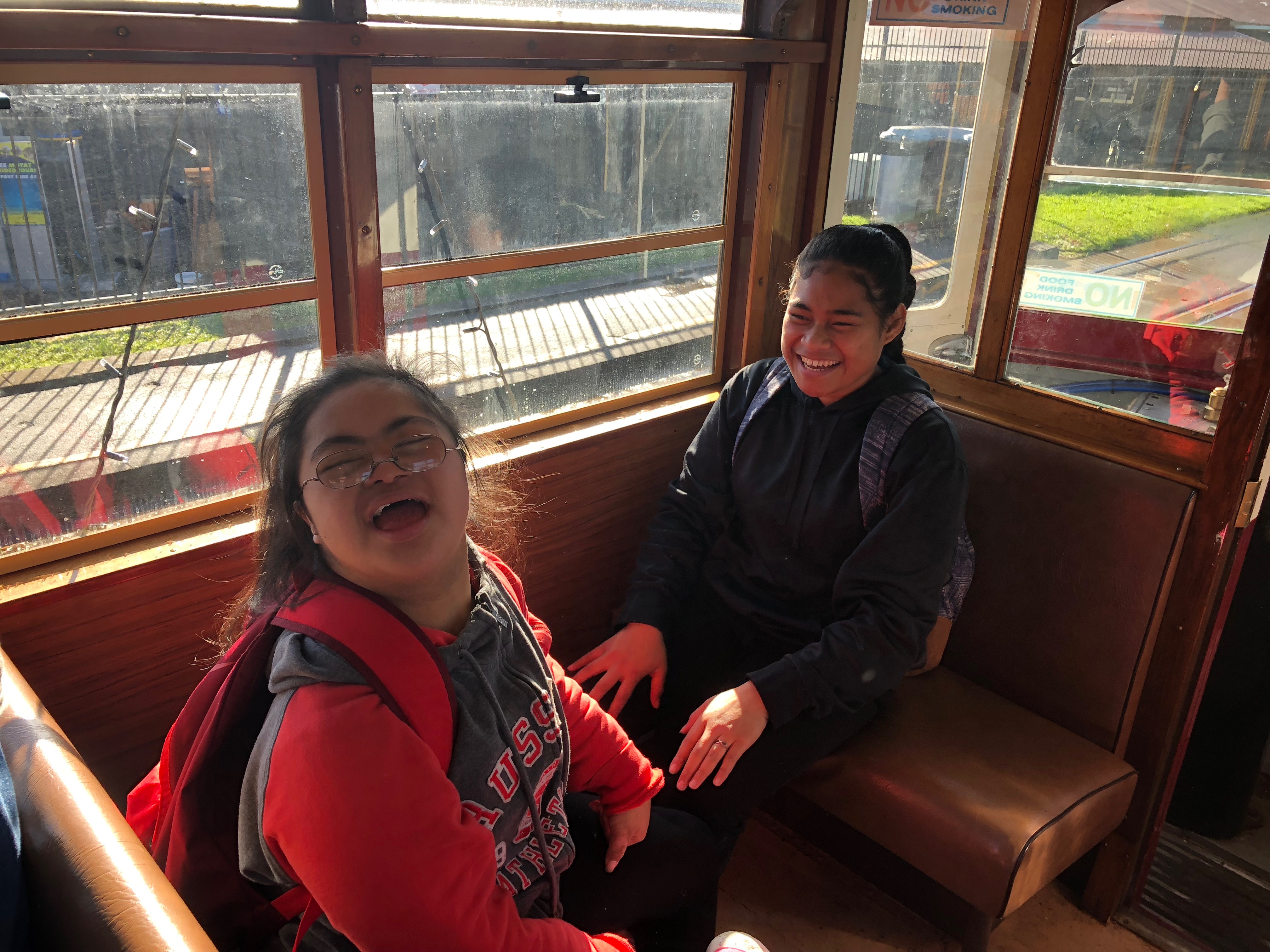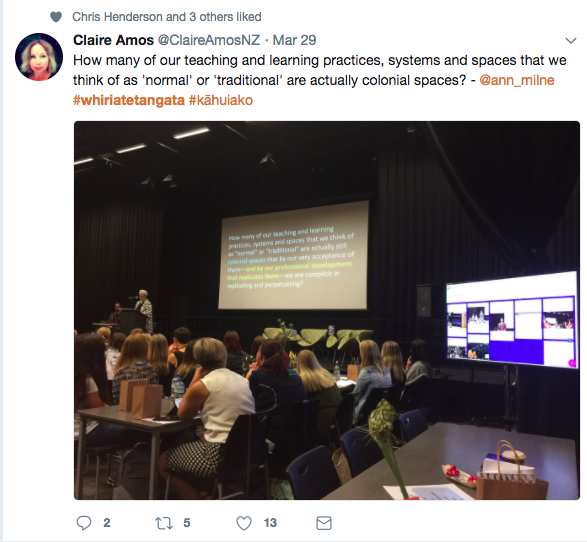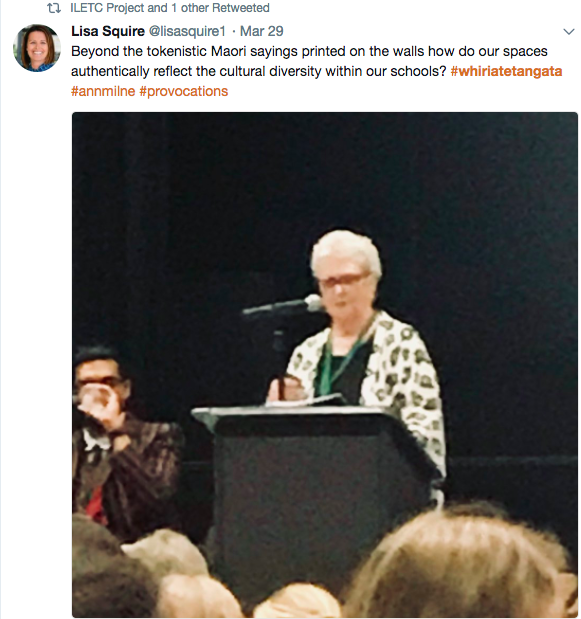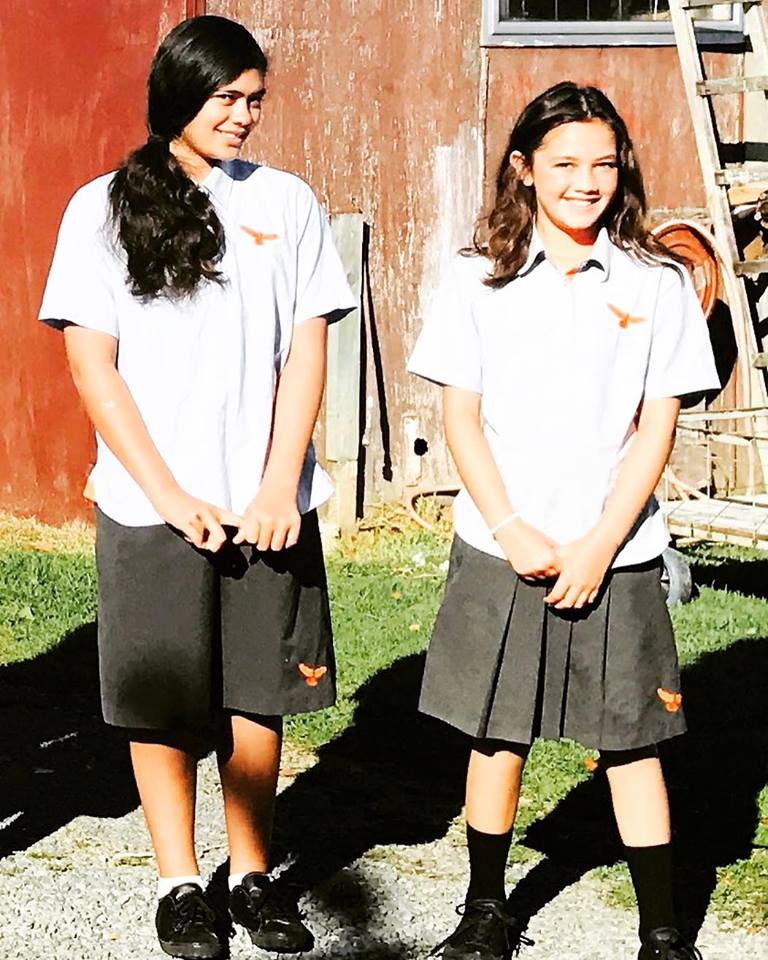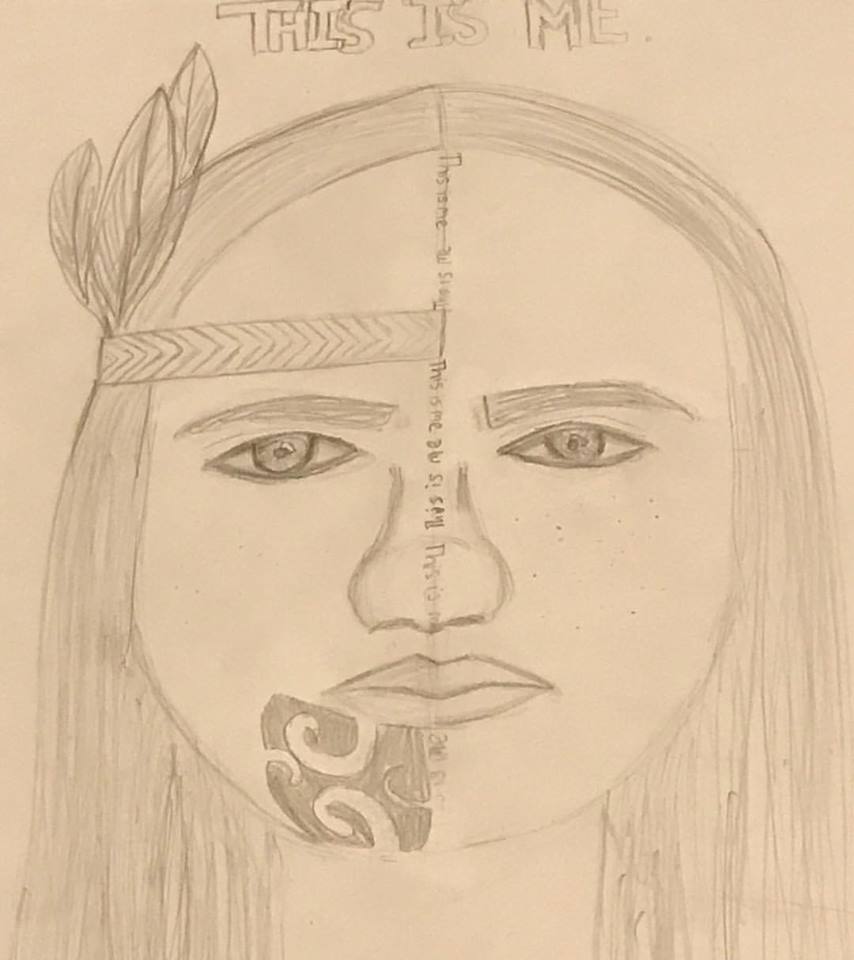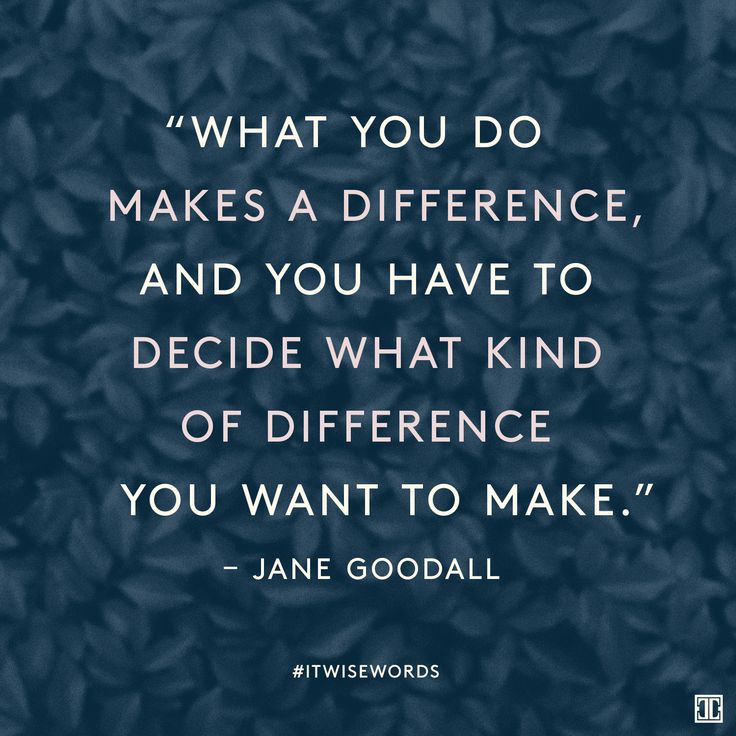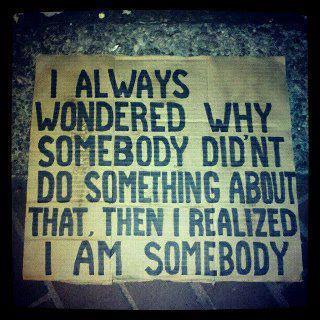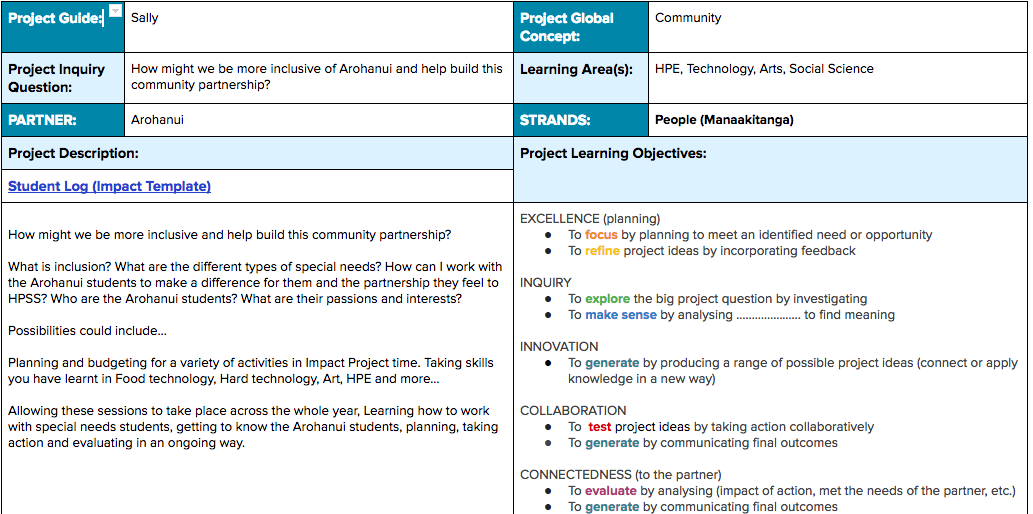We are on an ongoing journey at our Kura, continuing to explore, refine, and develop what it looks like at our Kura for Māori to achieve success as Māori. In addition, an additional and intended outcome is to also shift what all Ākonga and Rangatahi experience, in terms of different lenses being used to view the world we live in and the world that they are going to shape and influence in the future. Having a Moral purpose that believes we can decolonise the curriculum.
When I speak to decolonising the curriculum, this is based on critical pedagogy, which plays an important part in creating this shift, we are committed to ongoing reflection and action, as a process for creating change in classroom structures and practices that perpetuate undemocratic life. Critical pedagogy attempts to develop a culture of schooling that supports empowerment of culturally marginalised and economically disenfranchised students (Baltodano, Darder & Torres, 2003). Critical pedagogy involves questioning assumptions of power, inequalities, and the relationship between power and knowledge. In addition, by acknowledging these inequalities, critical pedagogy aims to empower individuals and groups to take social action for change. Consequently, emancipation and social justice are major goals of critical pedagogues (Culpan & Bruce, 2007; Friere, 1972; McLaren, 2007). How do we go about this? How does this look in our space? In our Kura? How do we ensure that Māori can achieve success as Māori? How do shift institutions that have been ingrained in this country’s past and history? All of this takes collective action and so there are many aspects to consider, in terms of action in our Kura.
All of this journey is a work in progress, we are continuing to try to develop this space at HPSS. However, there is still a long way to go. It is an iterative process with many cogs in the wheel. We are in awe of the Mahi that goes on at Wharekura around the Motu and know that we can never compare to the Te Āo Māori, Tikanga Māori, use of Te Reo Māori and Mātauranga Māori that these Kura enable and empower their Tauira through. However, we cannot sit on our hands and say that things are too hard, challenging, and outside our comfort zone to try to do some of the things that these Kura aspire to do and enact. We owe it to our Tauira, our whānau, and our community to be better than that. I am collating aspects of the journey to share with our Kaiako in a strategic direction PL session. Some parts are where we have been and some are where we are heading. I feel that sharing with others through this reflection, is useful for others to get possible ideas for their own contexts, I hope that others will also share that we can continue to grow, develop and learn from each other, adding to our Kete along the way.
Sharing some of the journey from this year.
The last few years have been an interesting time for everyone. Not the least, from being in a Kura. While many are learning to be comfortable with being uncomfortable in this time of COVID-19, Kura have continued to complete their Mahi, both onsite and offsite. I have previously shared the journey with some reflections on the previous couple of years focussing on this journey. Here are a few previous posts.
- “E kore e taea e te whenu kotahi ki te raranga i te whāriki kia mōhio ai tātou ki a tātou.” –The tapestry of understanding cannot be woven by one strand alone.
- The continuing journey of our Kura…
- Moral Purpose to the fore in a year of challenge and change.
- Ideas for hauora/well-being and connecting in these unpredictable times…
- Continuing to challenge the Status Quo-though my daughter’s eyes-the ongoing journey

Māori Leadership Rōpū
We have had some successful events organised by our Māori leadership Rōpū. It was wonderful to have a public holiday for the first time celebrating Matariki and the Māori leadership Rōpū wanted to organise a celebration for this that involved whānau. Robin from Te Kawerau ā Maki, connected us with Pita, as a person who they supported in sharing Pūrakau of the Mana Whenua. Aidan, one of our WSLs, with some super skills helped the Rōpū by creating this invite.

We had a wonderful celebration and here are a few photos that show the success of the event.









Furthermore, the Māori leadership Rōpū set about trying to ensure culture, language, and identity were visible for Te Wiki o te Reo Māori. The Māori leadership Rōpū organised activities and prepared heaps of Kai to share to celebrate Te Wiki o te Reo Māori (Māori Language Week). Kai was given in exchange for Kiwaha and phrases. Kai included; fry bread, roasted kumara skewers with Aioli sauce, and Maliina’s special steamed pudding, and was just as popular as last year’s Hangi! Ki o Rahi ran in the gym. In addition, hubs took part in a Te Reo Māori kahoot and are working towards gaining community points in Education Perfect using Te Reo Māori. Karawhiua, Kia Kaha Te Reo Māori!!!


Māori and Pasifika Rōpū
In addition to our Māori Leadership Rōpū, we have a Māori and Pasifika Rōpū who feed into our Māori and Pasifika leadership teams. This Rōpū is held every Wednesday morning when our Kura is in Hub 60. The focus is on belonging, identity, and agency. Many activities have a whānaungatanga focus to enable this to occur, I work with this rōpū and we have Manuhiri work alongside us as well. Leianah Afu, a past Kaiārahi of ours, who is Māori, and Pasifika has also been working alongside us, we have had Jayne Dunbar from our pathways team connecting with us as well. We also have had Manuhiri from Action Ed, who lead inspiring work in this space leading towards spoken word. Ākonga voice has been gathered and we want this rōpū to head wider into gathering voice across the kura. The questions have been gathered and co-constructed from this Rōpū and we want them to take these questions wider. The questions are based on belonging, identity, culture, and learning at our Kura. We still have a lot more to gather in this space.
MOE PLD FUNDING -focus Mātauranga Māori
As mentioned in a previous post, we applied for 150 hrs of PLD funding for our Kura from the MOE and were successful. Any Kura can apply for PLD funding. See all the information here. https://pld.education.govt.nz/regionally-allocated-pld/apply-for-regionally-allocated-pld/
Last year, I went to the MOE to ask about who we could access as Facilitators and was wanting to access the expertise of facilitators who were not necessarily MOE Facilitators, wanting to use local, Mana Whenua where possible. It was not possible, but I still believe that this is something that should be shifted, as there are some amazing people out there that are not MOE facilitators, but hold some awesome knowledge and understanding. We really wanted to use the PLD funding to continue our journey into Mātauaranga Māori being developed across our Kura and in our teaching and learning programmes. We decided that we want our last NCEA SOD to focus on Mātauranga Māori in action for the entire day. We called on Rosalie Reiri who we have worked with in the past and co-constructed with her and her team at CORE a day immersing our Kaiako in Mātauranga Māori experiences and workshops that they opted into (Rosalie has since left for a new role).
This is a summary of the workshops.






It was a great day of learning, continuing on our journey to develop capability in Kaiako to engage with and ensure their teaching and learning programmes apply a lens of Mātauranga Māori, so that our tauira can see themselves, their culture, and identity in the learning. The day was sparked by Robin Taua-Gordon for Te Kawerau ā Maki (our kura Mana Whenua). Robin shared the aspirations of the iwi as well as kōrero on naming and kupu of place and space of Mana Whenua and pūrakau of the iwi that link to space and place. Here are a few shots that show more of a story of the workshops that took place.




























Above is the awesome team from CORE, who shared their expertise with our kaiako.
Whānau Hui
In the past, whānau hui would be an additional aspect I would reflect on. This has been impacted over the last couple of years by the COVID landscape. We are looking to restart these again next year, it is an area in that I am disappointed that we have not made much progress this year. We have had onsite IEMS (Individual Education Meetings) with our hub coaches and whānau, but have tried to limit larger gatherings at the Kura this year. This was a reason that our Matariki celebrations were also outside on the Whenua. I look forward to more being developed next year in this space.
Te Reo Māori

Strategic Direction
While I spoke earlier in this post about outside facilitators leading our Kaiako, we already have been on a journey of developing Mātauranga Māori and Te Āo Māori in our classes. I have spoken about this in past posts. In week two of this term, the WSL team and I are sharing the strategic direction of the Kura, including the aspects of our Charter that are working towards Māori achieving success as Māori. It shows some examples in practice from learning design to strategic initiatives, it also shows the PLD journey this year I have mentioned, and finally, it shows our next steps. These include the Māori Leadership Rōpū, PLD, we have more hours with CORE that we will be looking to use in the best way possible to share our Kaiako in continuing to build their capability so that we can make a difference for our ākonga. With a Kahui Ako focus on collective teacher efficacy and ākonga agency, we have given a focus to our WSLs to lead aspects of this with our Kaiako (one of many strands weaving together). We will gather staff voice on the following…Moemoeā is dreams and aspirations, Wero is challenges they forsee, Tautoko is the support they require, and Patai is the questions they may have. We also are going to gather further ākonga voice around this and want to get our ākonga to work with our staff on this. Finally, we will gather further whānau voice on this. We have looked at dreams and aspirations of whānau in the past, however, there are new whānau at the Kura all the time, so this is not a one-off activity.

In addition, we are excited to be at the start of a journey working in partnership with Josie and Robin from Te Kawerau ā Maki, where we will be co-constructing a journey across the next few years and hopefully beyond. We are excited about developing our partnership with them. In a time when they are starting a journey to build a Marae at Te Henga, we hope that we can offer our hands and mahi to them where they need us. We hope to keep learning and developing as a Kura. We really want to develop Tikanga and use of Te Reo Māori across the Kura, and for this to align with the Kawa of our Mana Whenua. We are excited to be learning from and alongside Te Kawerau ā Maki for this as you will see in the presentation. We are looking forward to iwi-led PLD and for them to also work with our board so that this is aligned with the governance of our Kura as well as the leadership of our Kura.
All of the above is just a personal reflection on how we are going as a Kura. However, the post shows how leaders’ habitus, values, and beliefs weave into the strategic direction of the kura. Feedback came in a session the WSLs lead, that kaiako were wanting to look at where we are heading strategically. Therefore, this is bringing the Charter and Strategic Direction back to our Kaiako (we have shared a similar focus with the board last year). However, this is a summary of the further steps we have taken this year. We look forward to kaiako, ākonga, and whānau feedback going forward and I will try to gather thoughts again in the future. Please feel free to share your journeys with me, as we have so much to learn and do in this space.



















































































































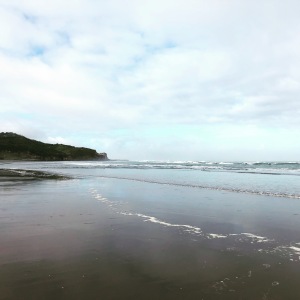
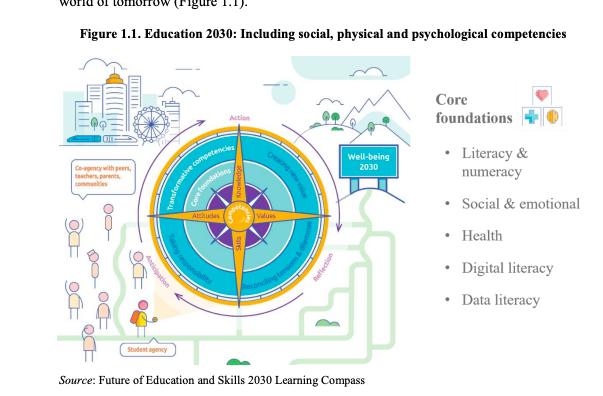

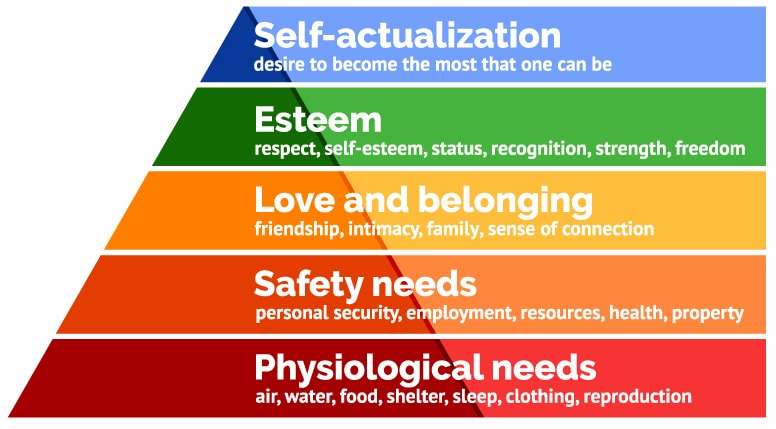
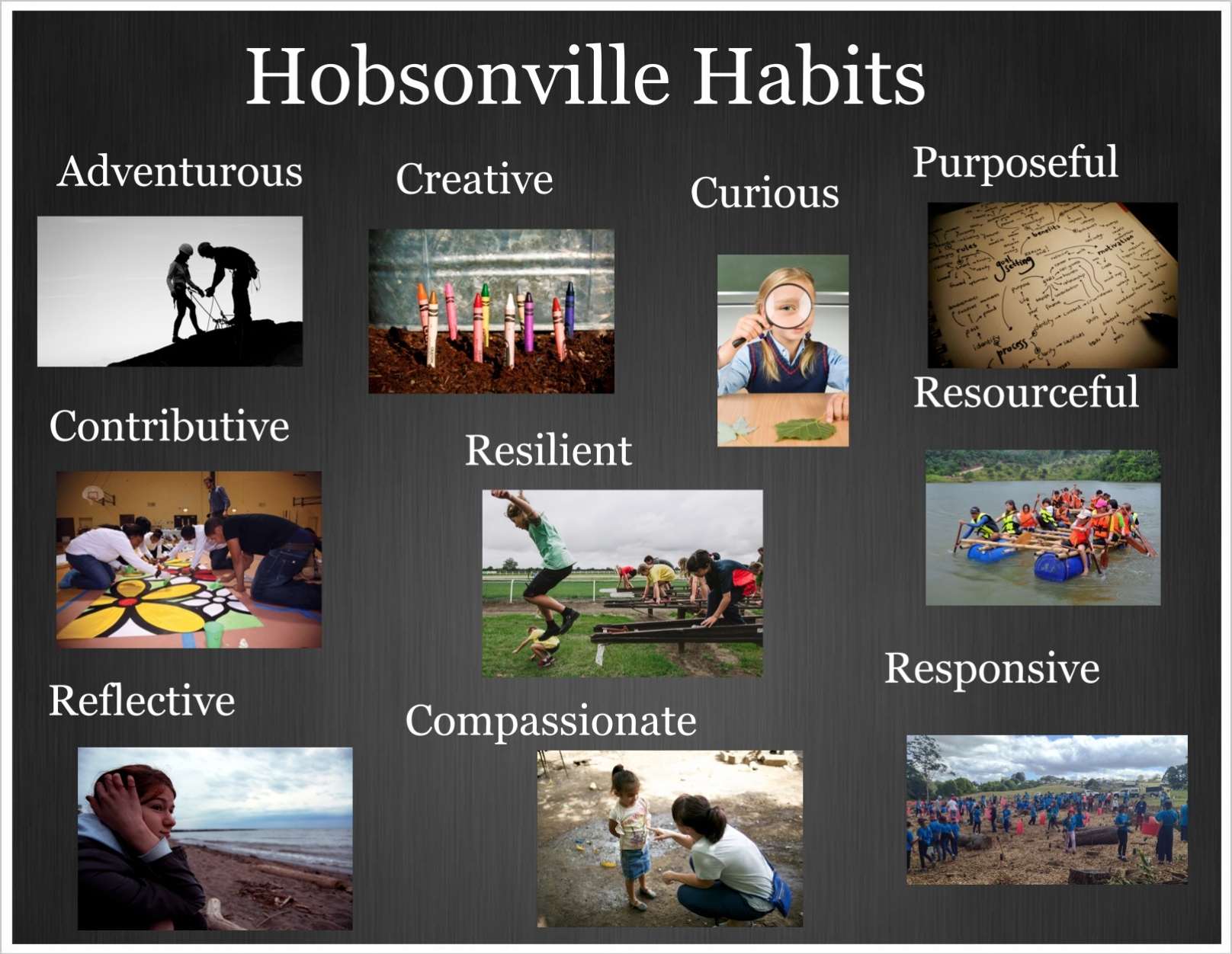
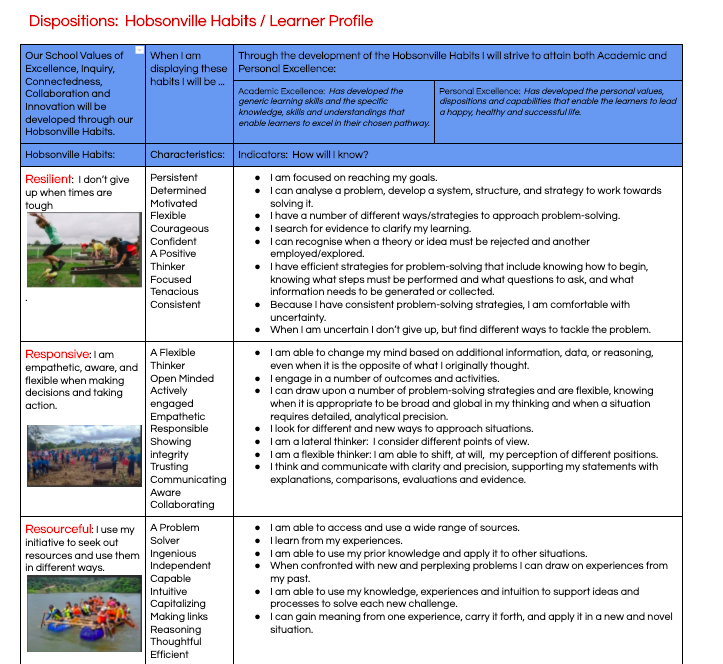
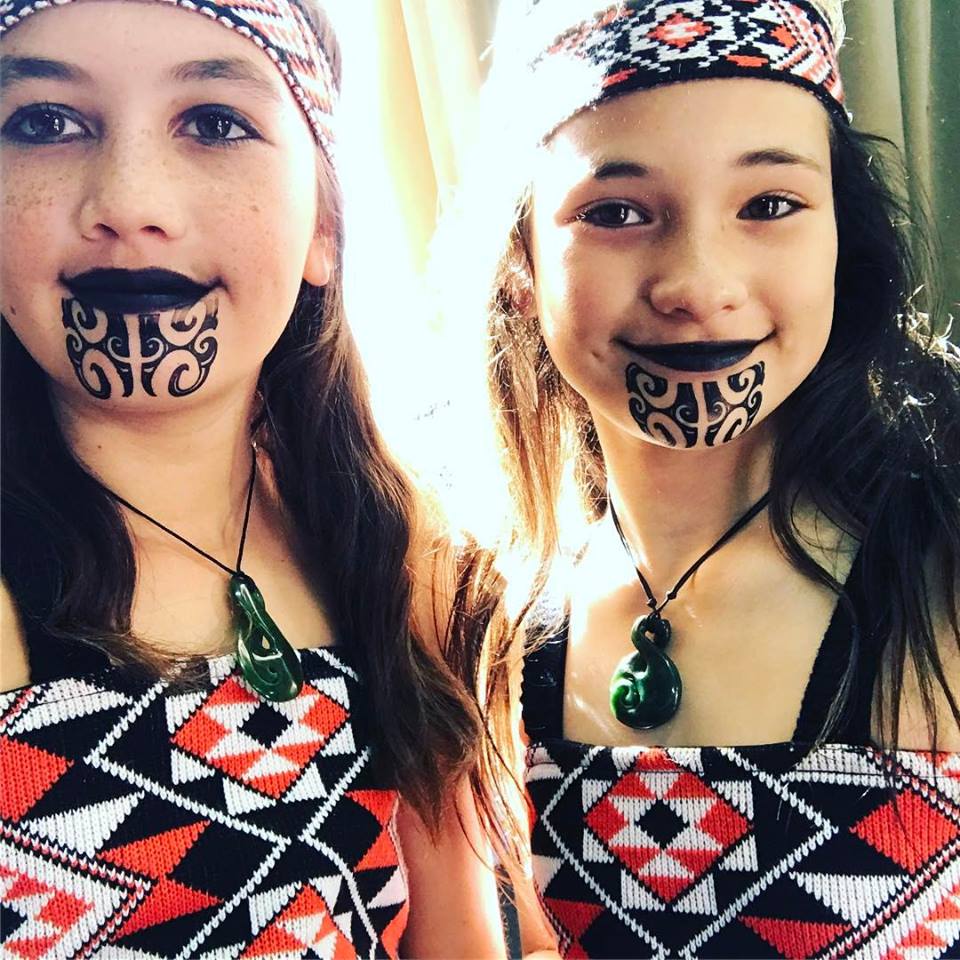



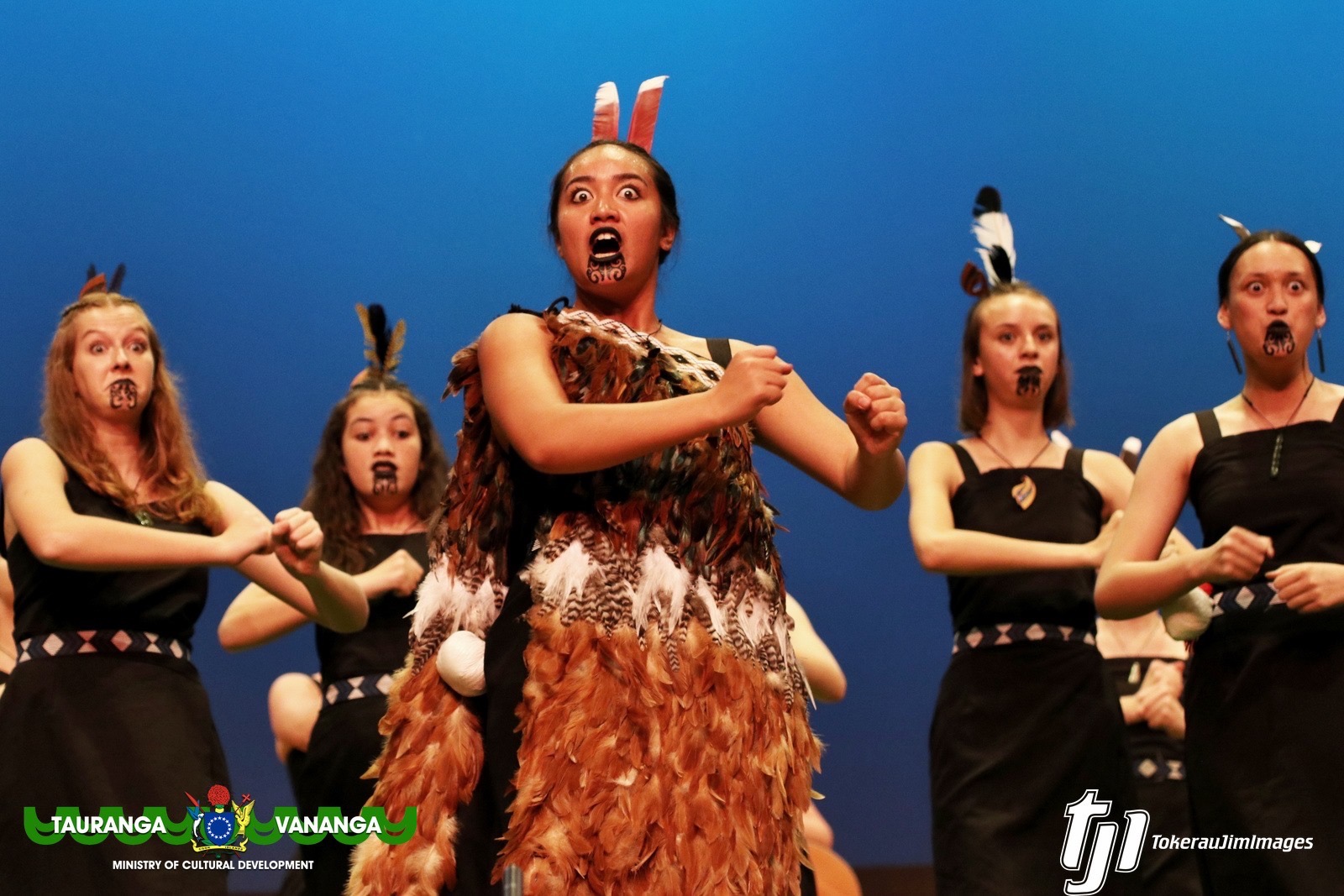




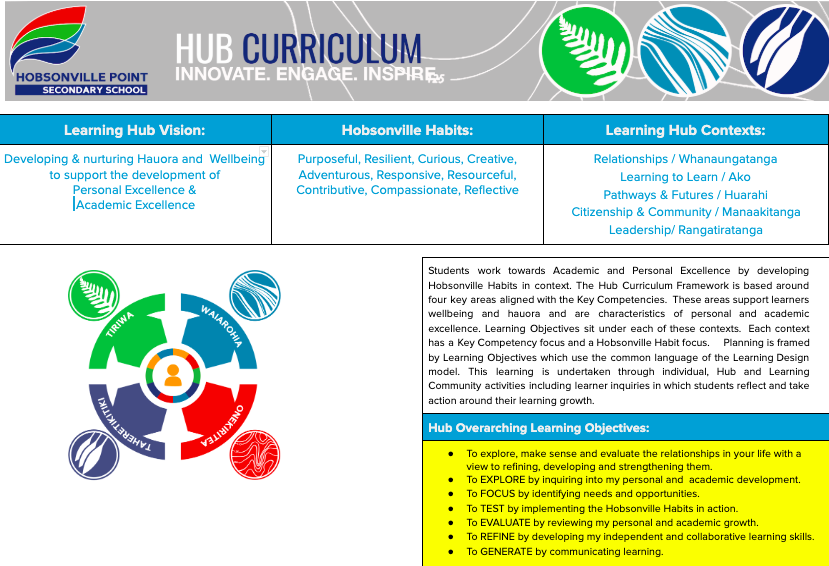
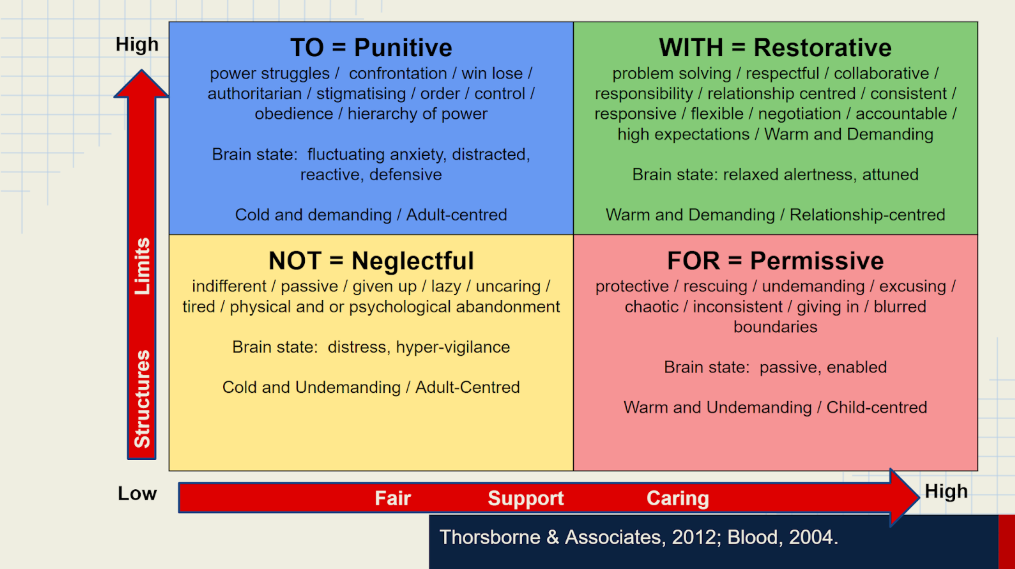
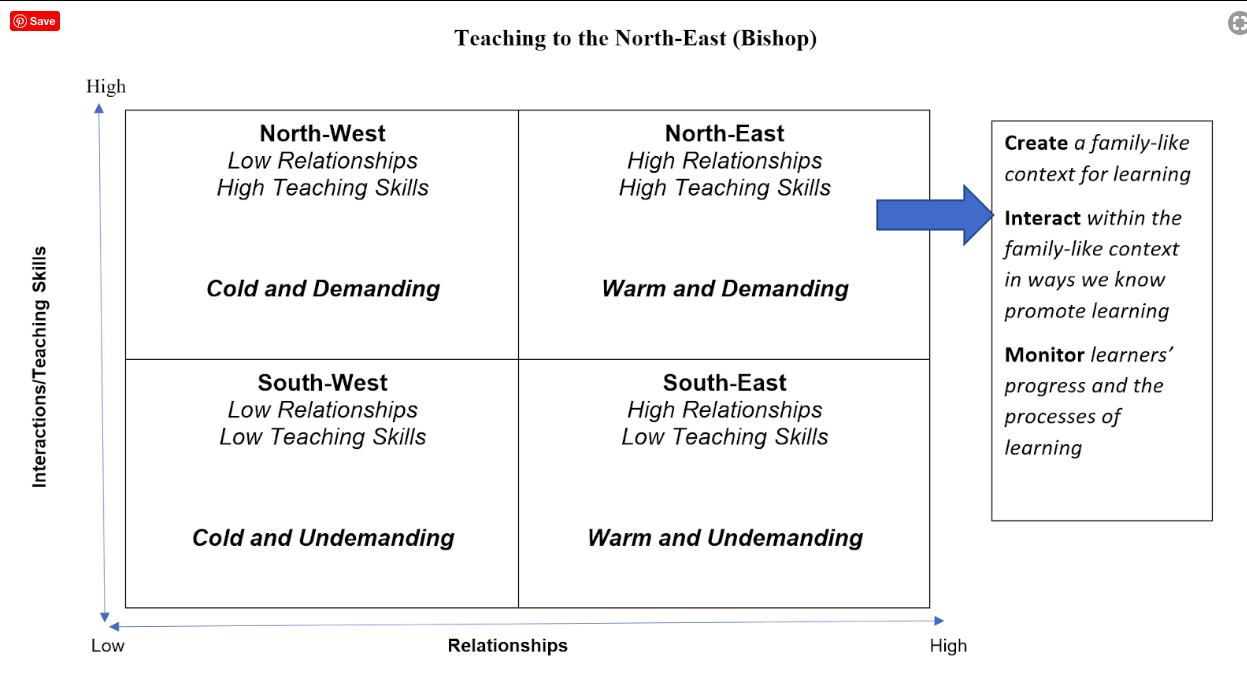
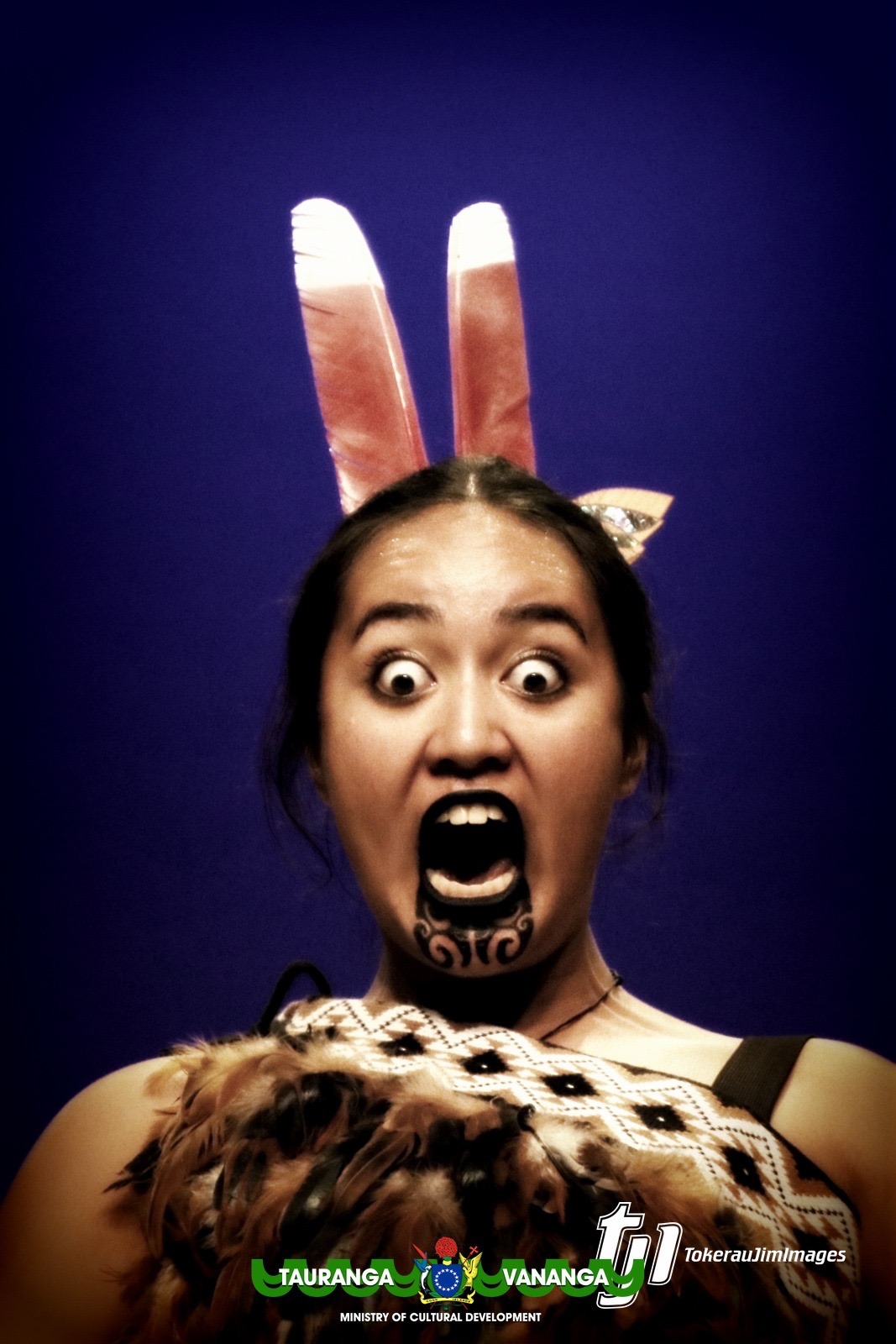
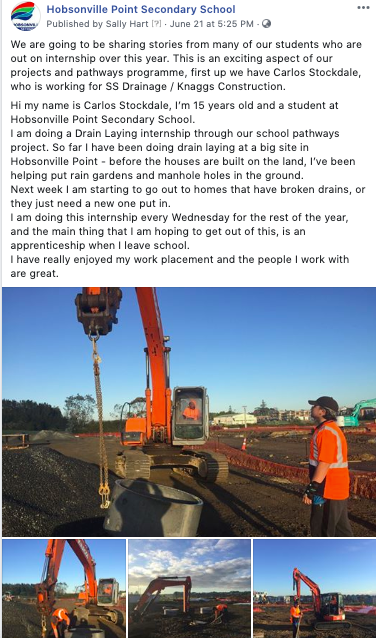
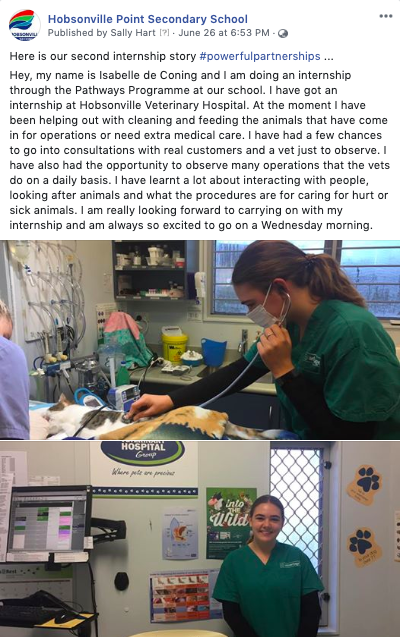
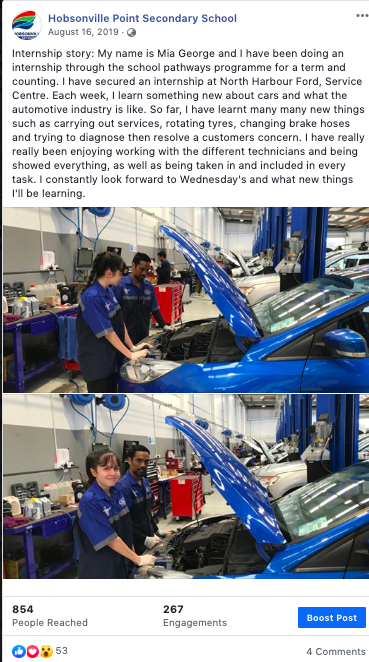
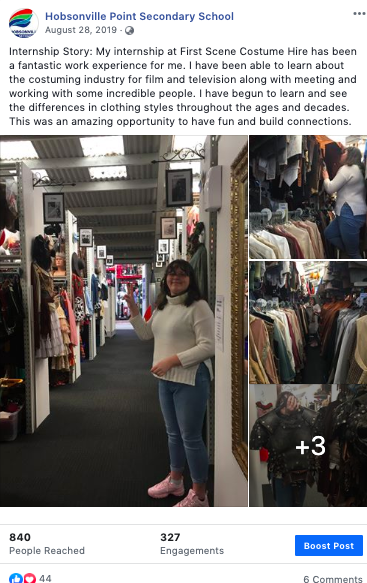
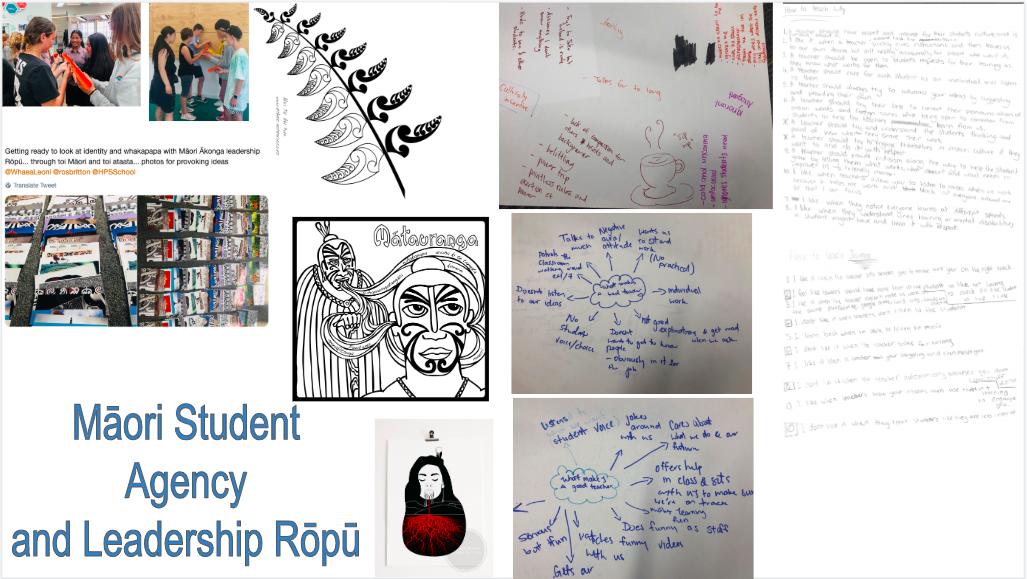
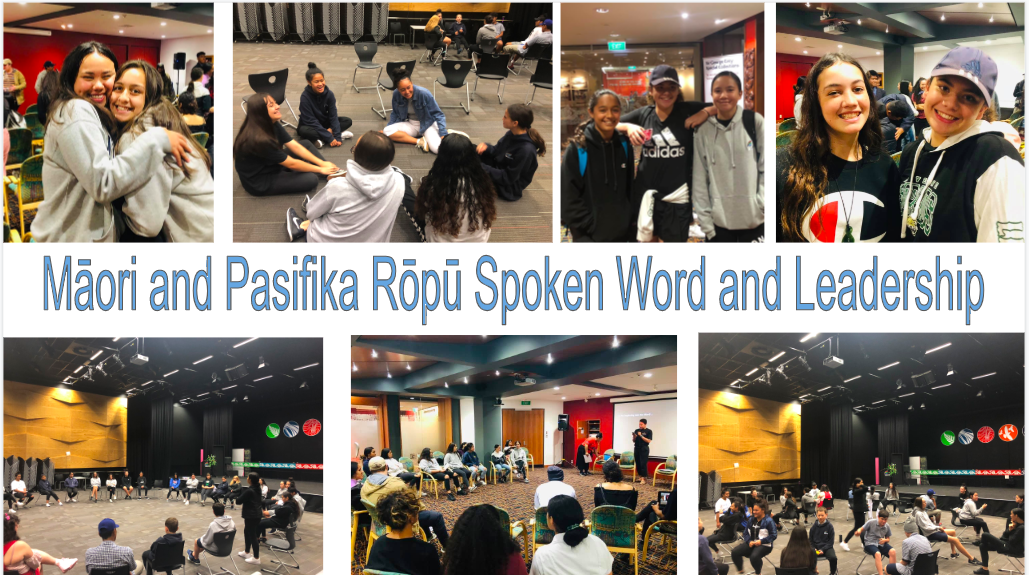
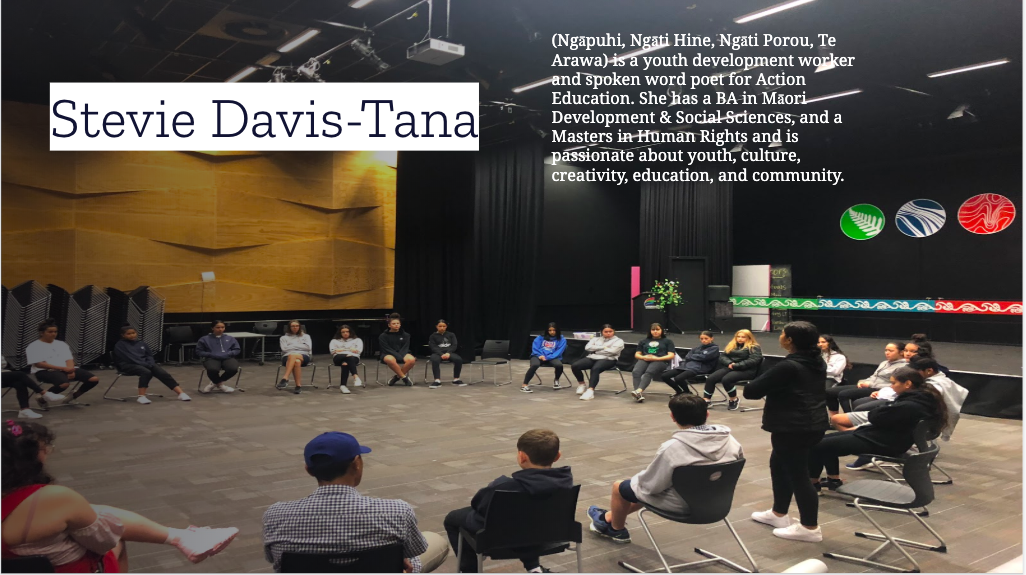
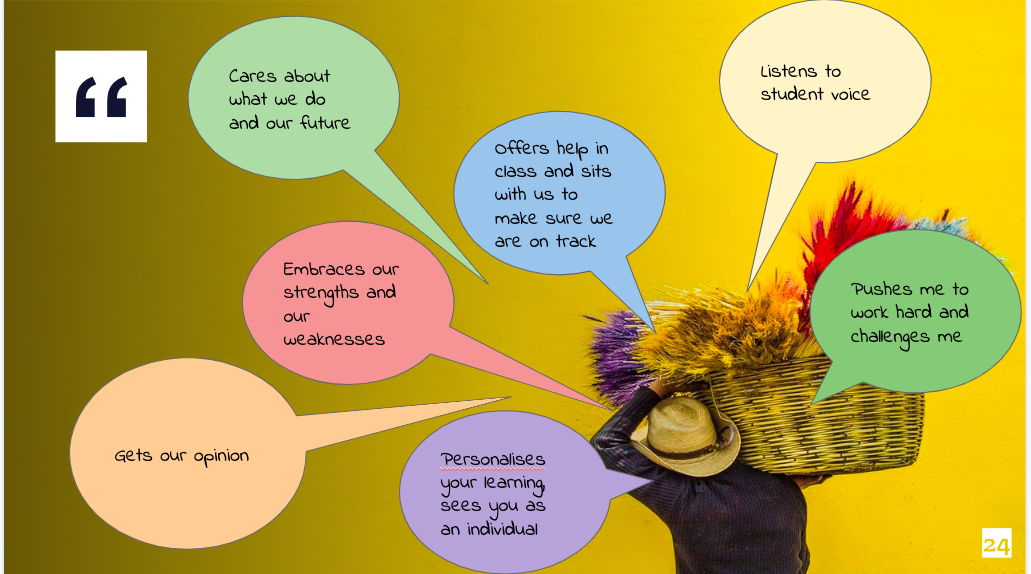
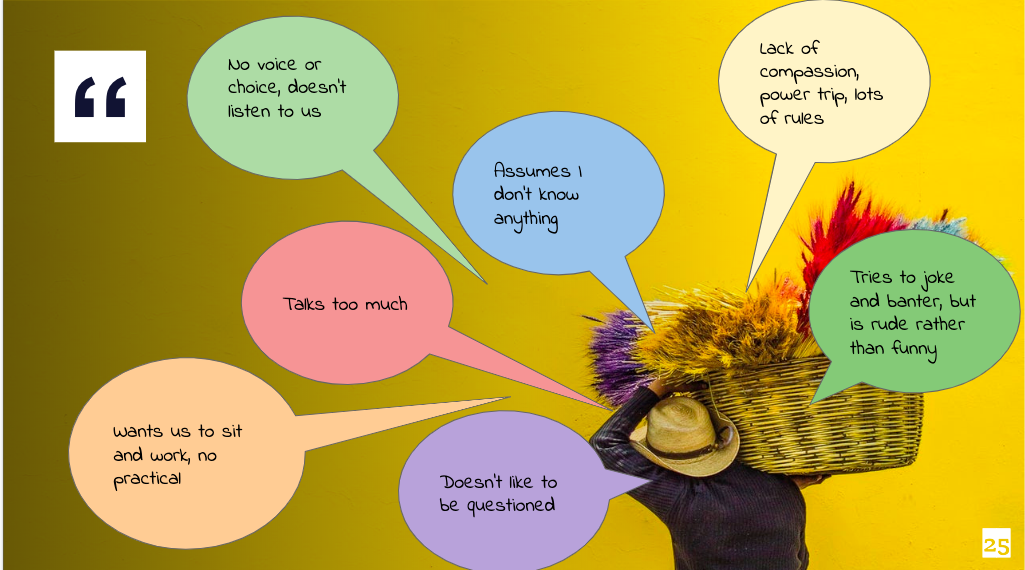



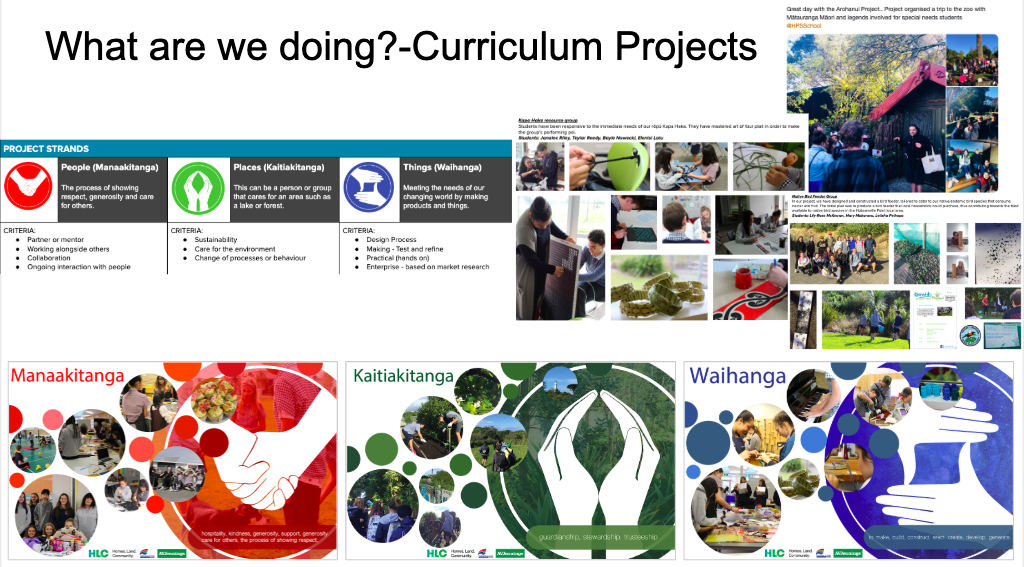
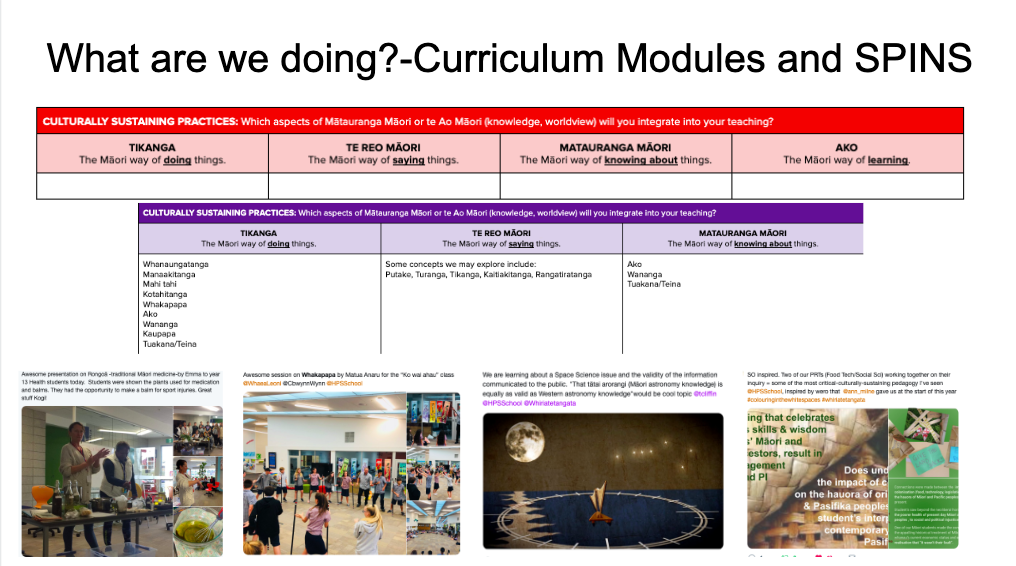
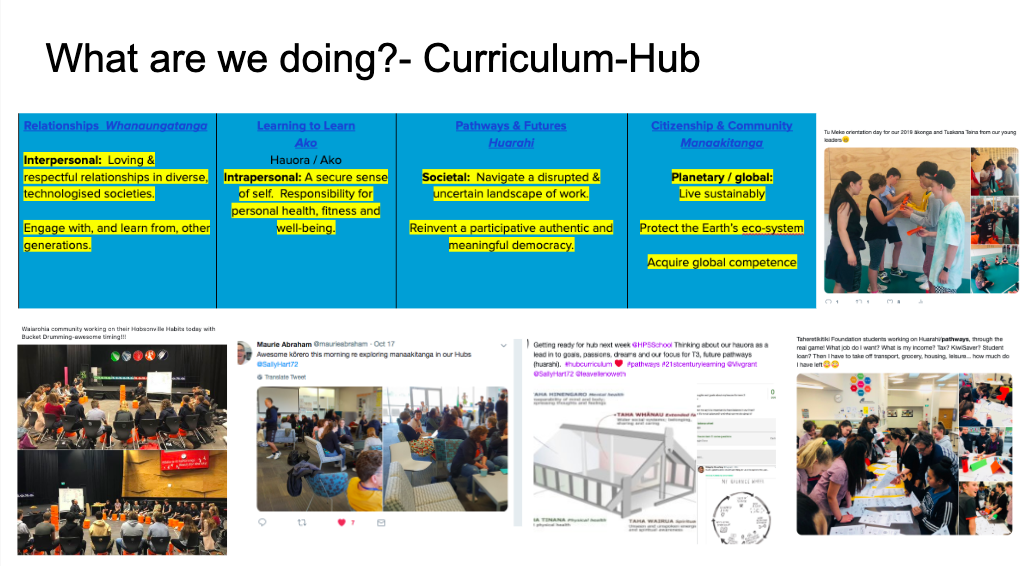
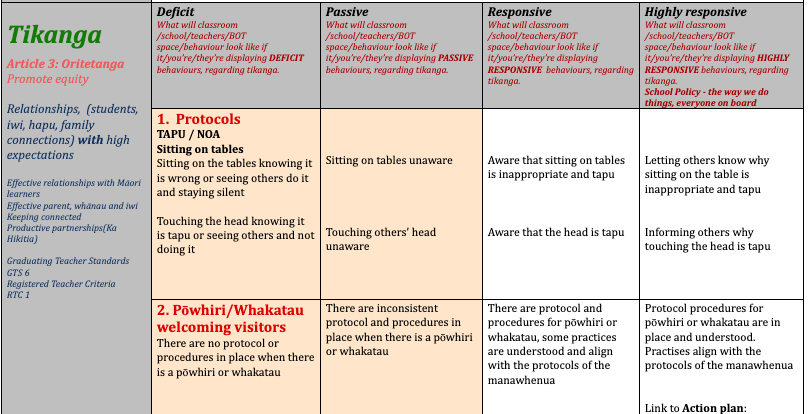
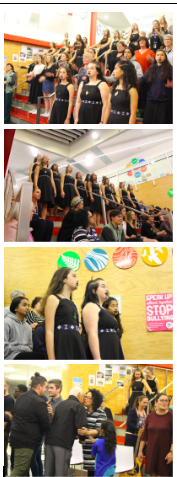
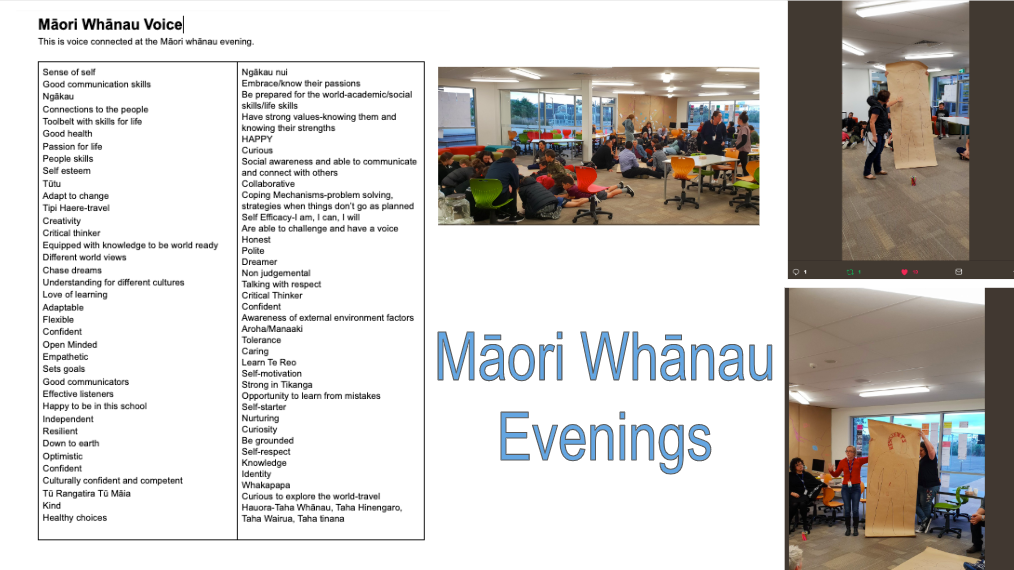
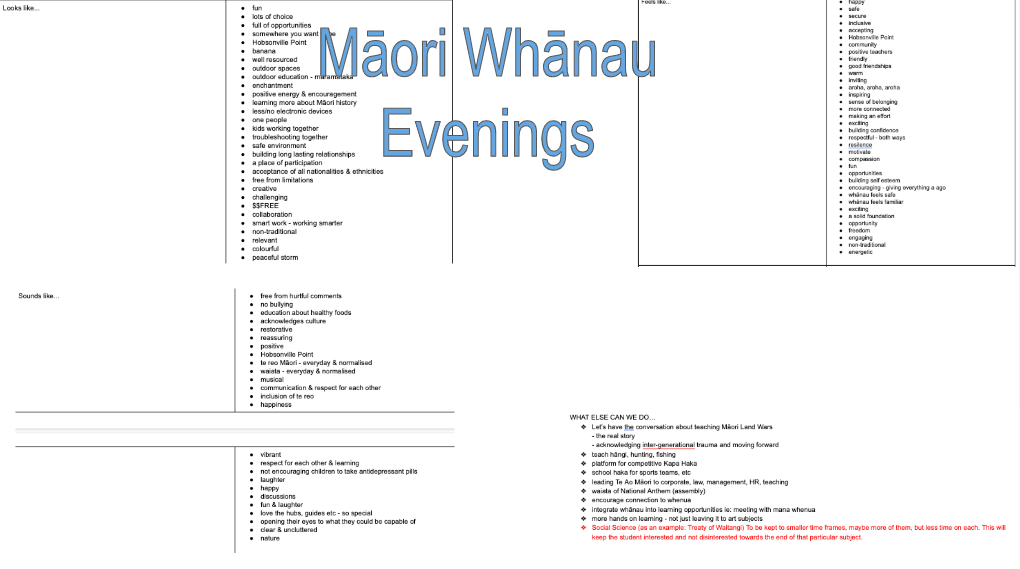
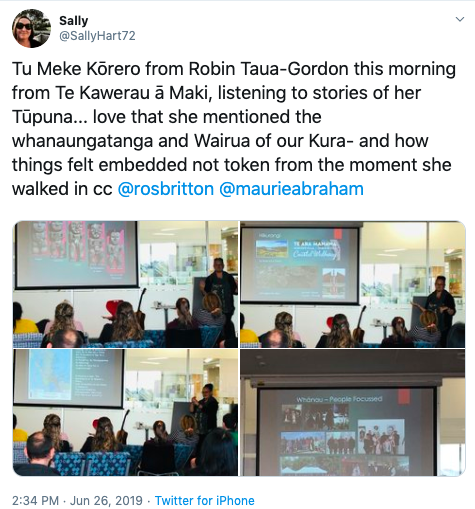
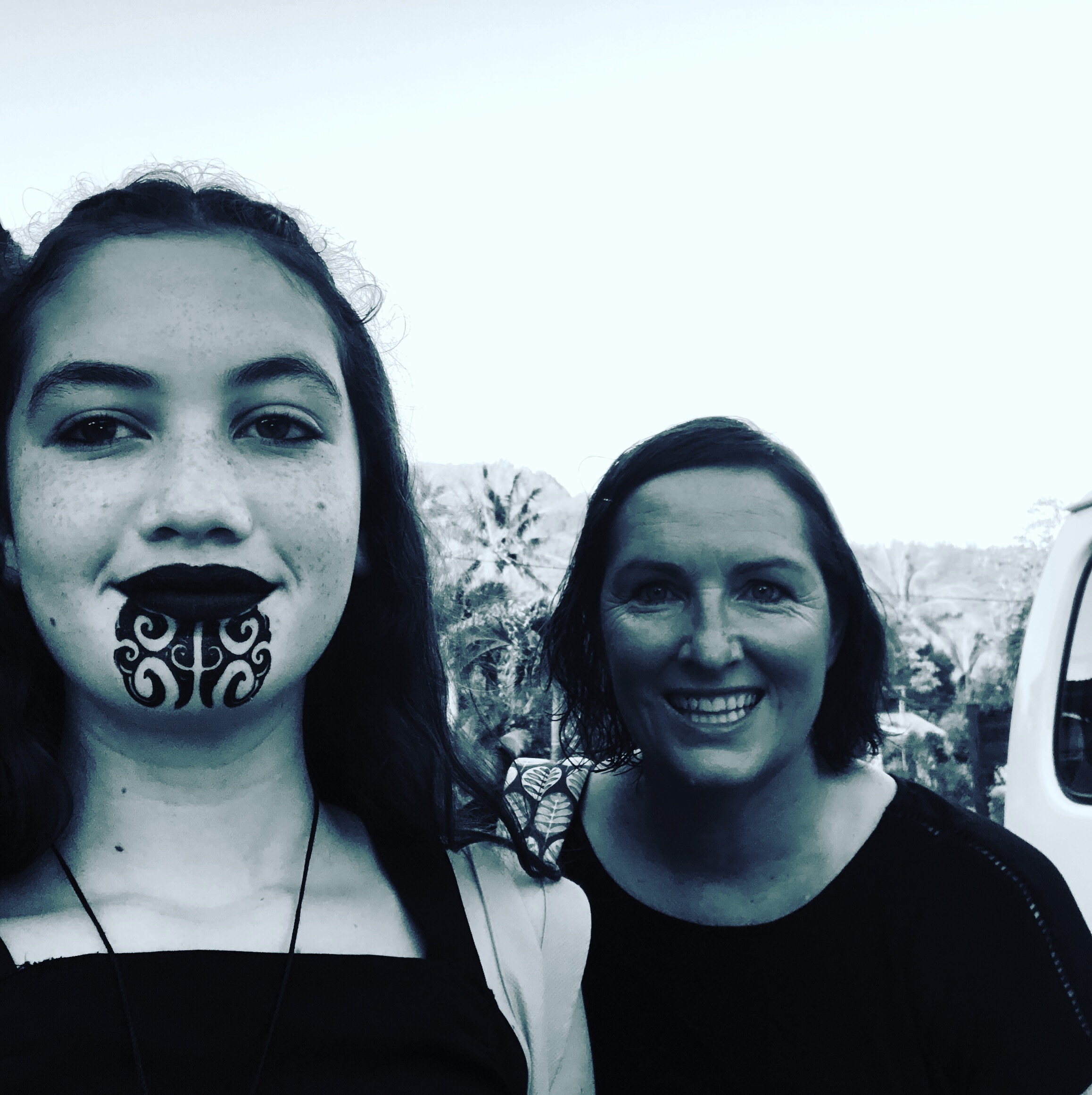


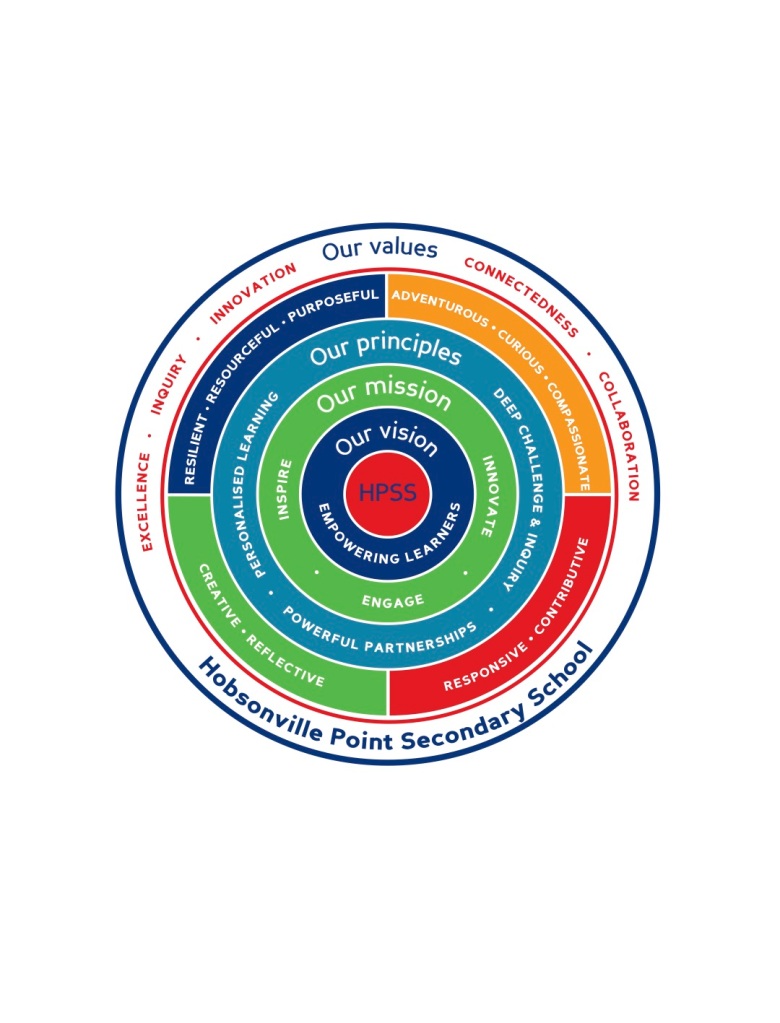
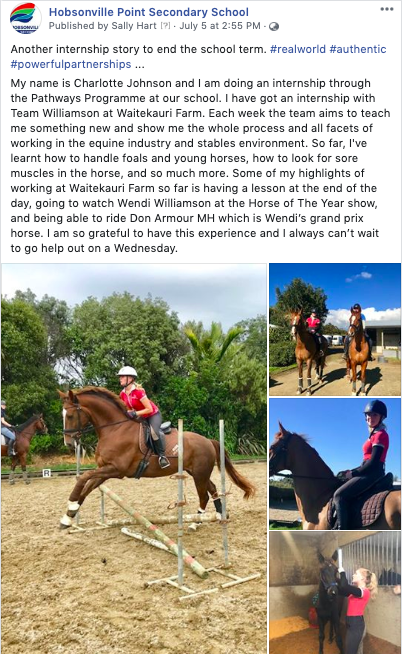
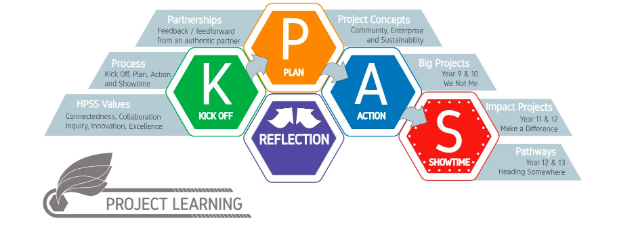

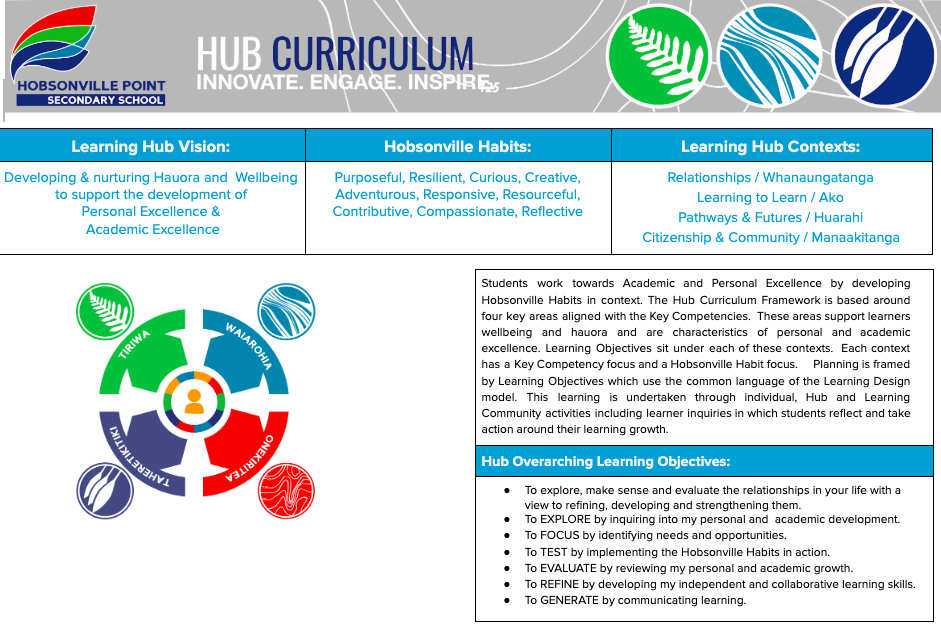

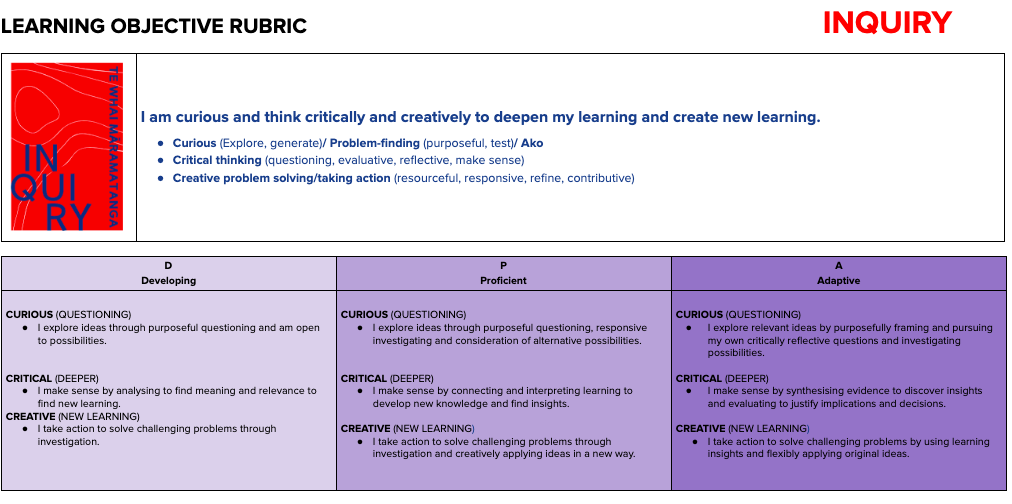
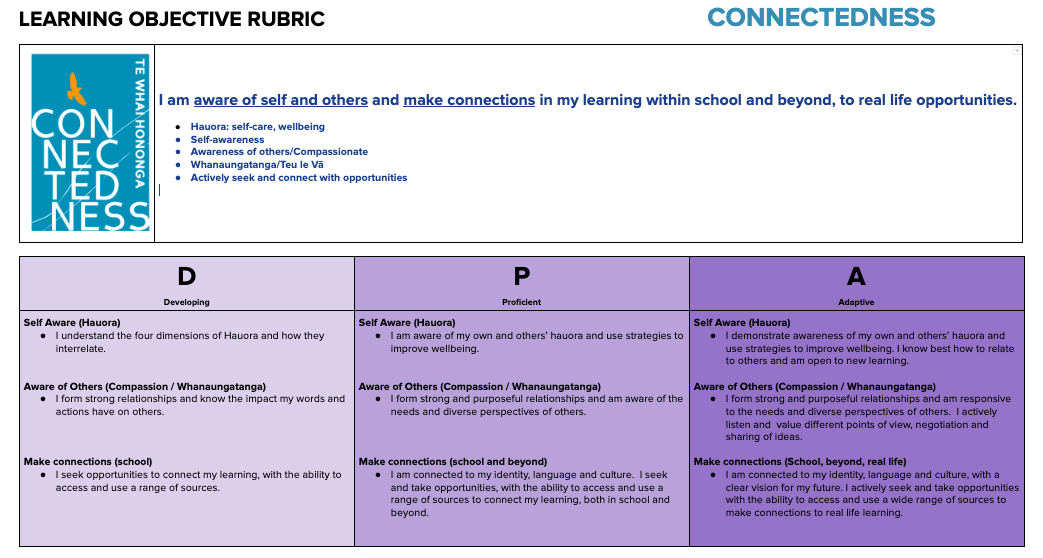
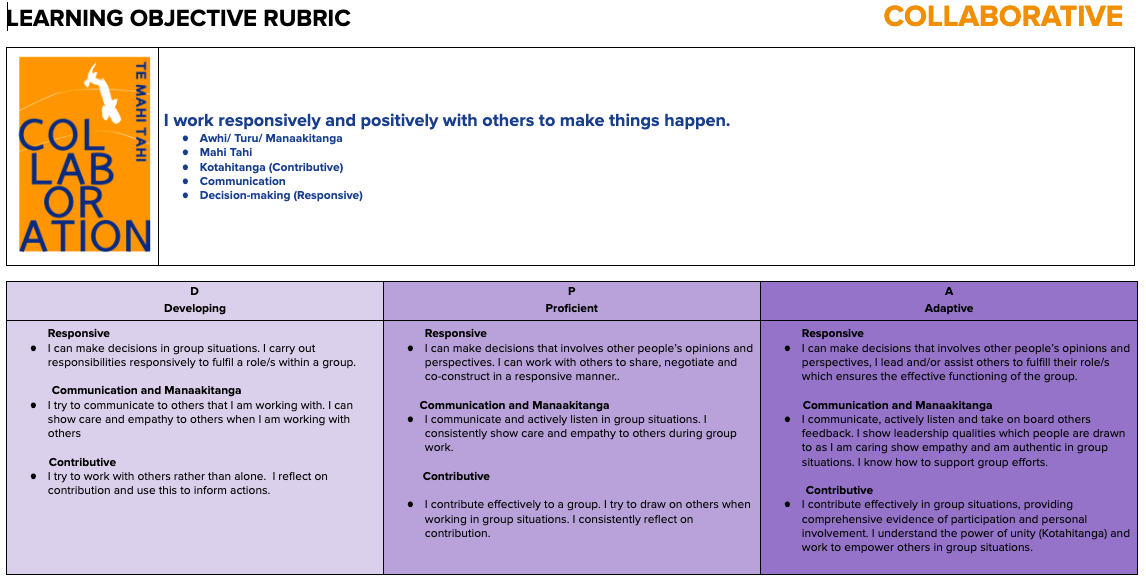
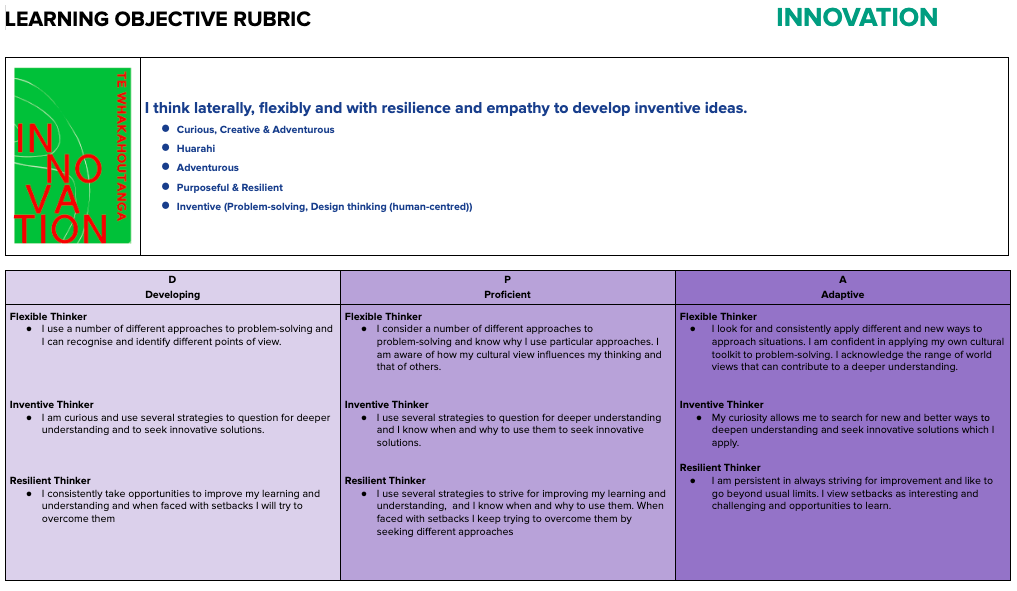
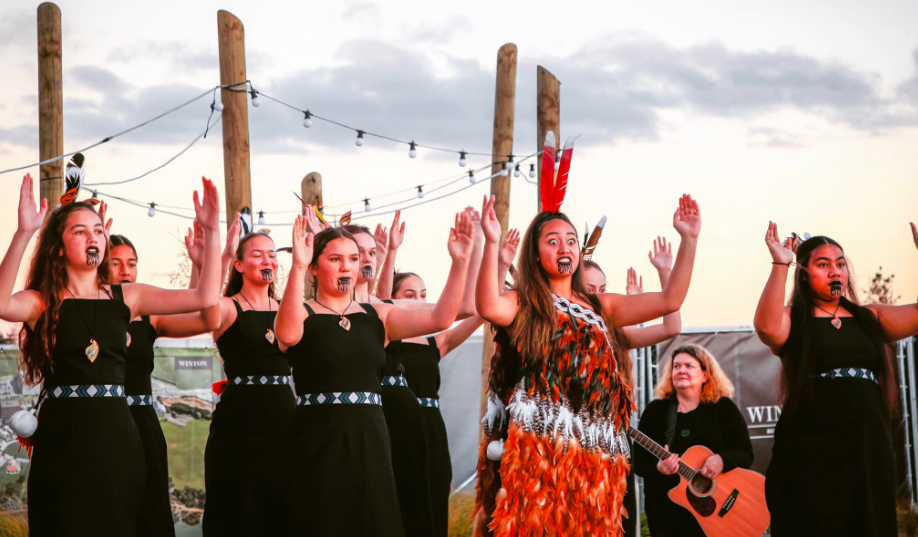


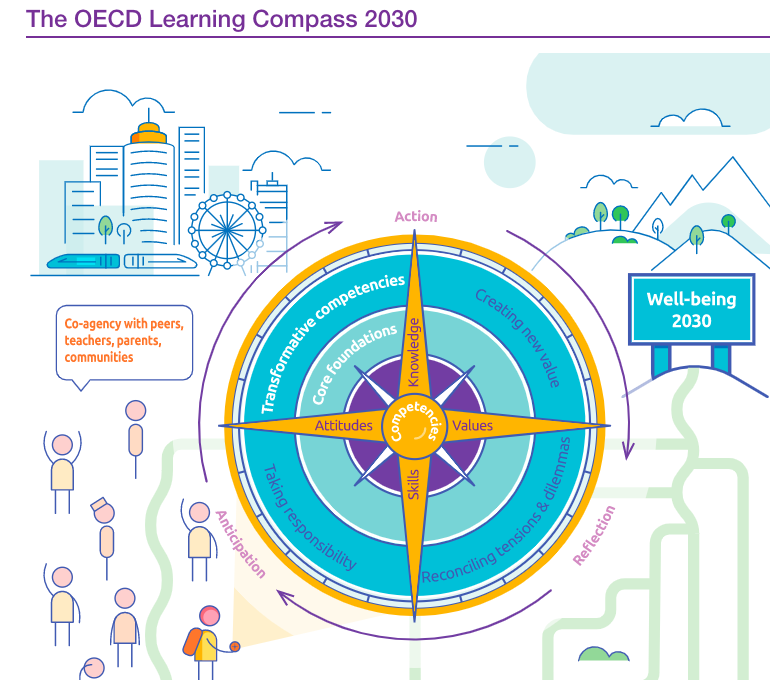 I came across this work from the OECD on the Learning Compass 2030.
I came across this work from the OECD on the Learning Compass 2030.







